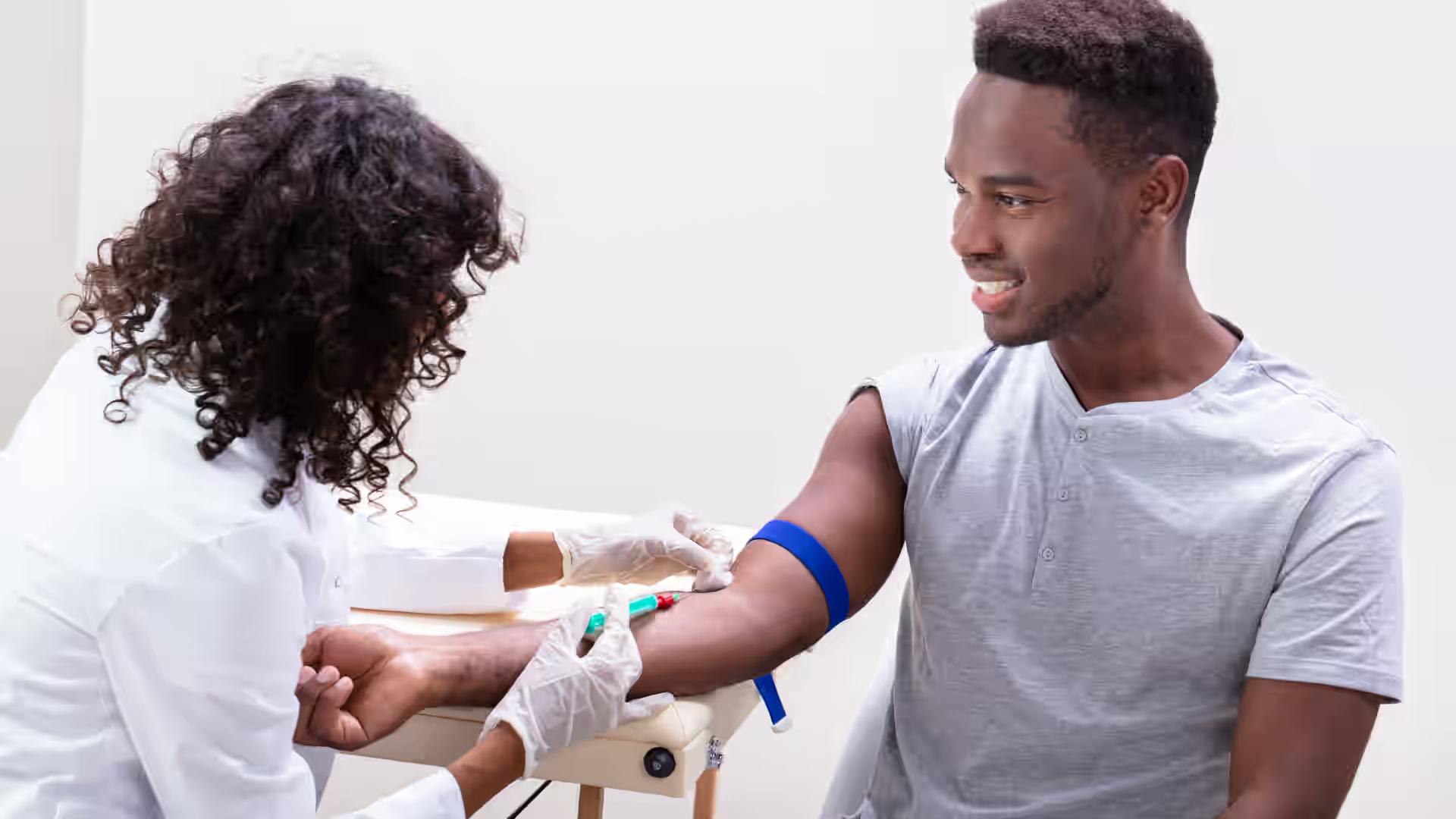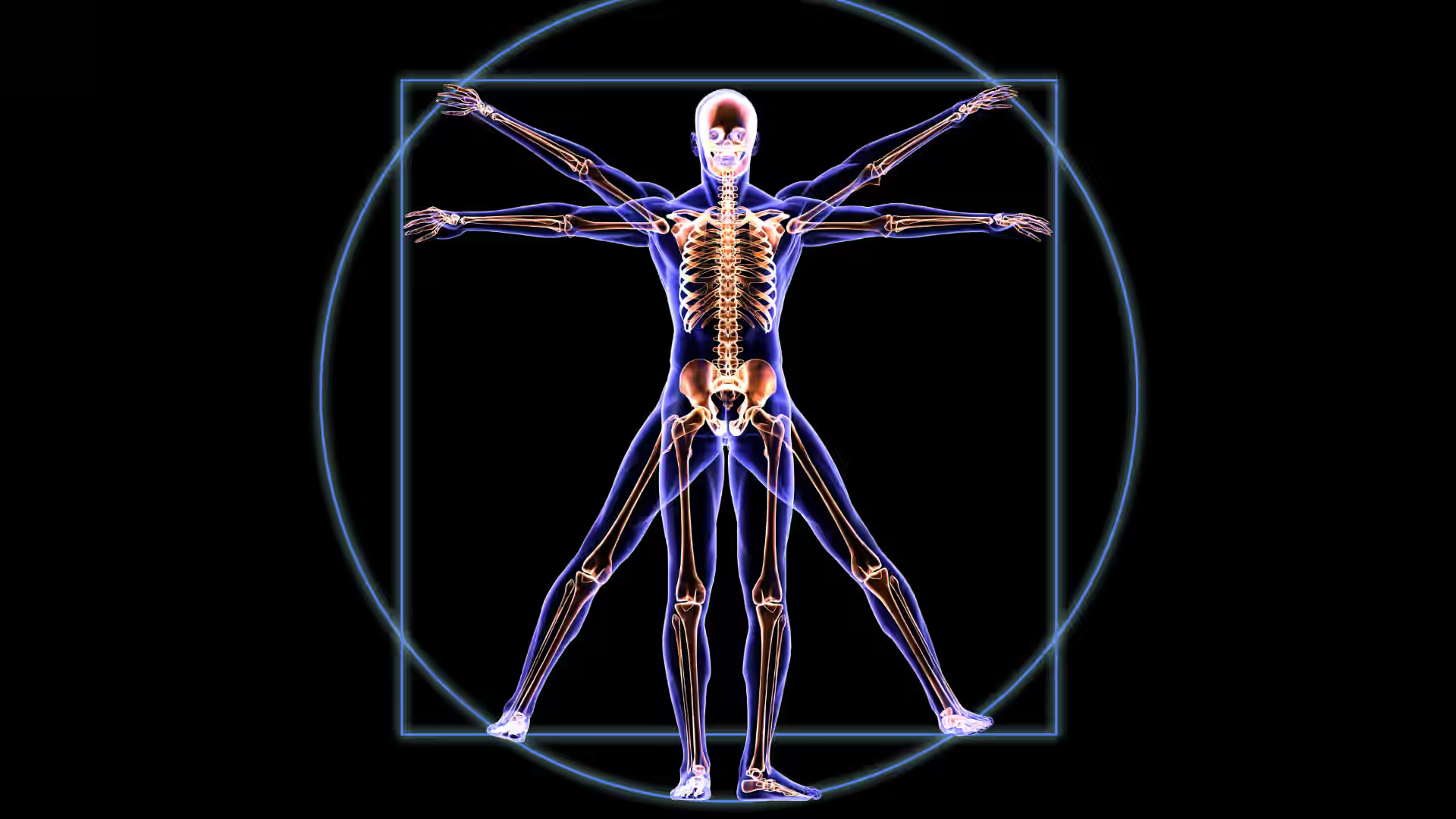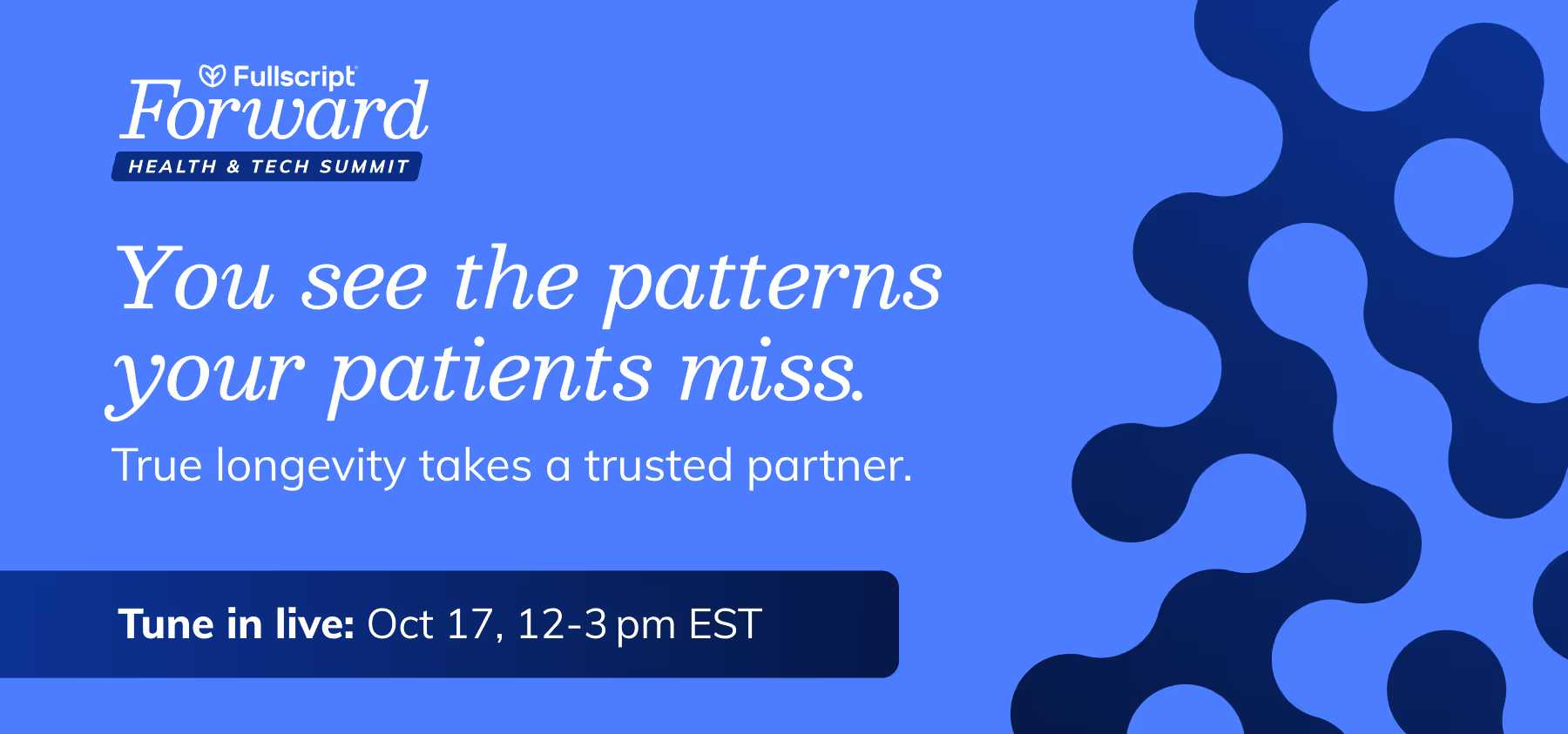The hip flexors play an important role in standing, walking, and even sitting, and injury or overuse is a common cause of discomfort.
This type of pain can range from mildly irritating to debilitating and everything in between and is becoming even more common in aging populations.
Hip flexor pain can impact daily life, affecting both active individuals and those with prolonged sitting habits. While tightness from sitting may contribute to discomfort, other factors, such as muscle imbalances or preexisting conditions, may also play a role.
This article examines the hip flexor muscles, their complexity, and the causes, symptoms, and treatments for hip flexor pain to help patients and healthcare providers better understand how to manage and reduce pain.
[signup]
Understanding Hip Flexor Pain
The hip flexors are crucial muscles for walking and general human movement.
They consist of four primary muscles running along the upper thigh, connecting the legs to the torso. These muscles are critical for standing and stabilizing the body when walking, running, sitting, or standing.
The hip flexors include:
- Iliacus, which stabilizes the pelvis and allows the hip to flex while walking or running
- Psoas major, which is a deep-seated core muscle that connects the lumbar spine to the femur and plays a crucial role in hip flexion and core stability
- Rectus femoris, which is one of the quadriceps muscles running along the top of the thigh (known as the "kicking muscle" because it is responsible for strong knee extension and hip stability)
- Sartorius, which is the longest muscle in the human body, reaching from the spine, through the hip, and past the knee (participates in hip flexion and knee extension)
With a muscle group that is used for such wide-ranging purposes, from sitting and standing to running and kicking, it should come as no surprise that these muscles are prone to injury, especially when engaging in sports or other high-intensity movements.
Causes
Common causes of hip flexor pain are:
- Overuse injuries, especially in sports activities
- Strains
- Poor posture
- Sitting for extended periods may contribute to muscle tightness, which could increase discomfort or reduce mobility in some individuals.
There can also be underlying medical conditions that can cause pain in the hip flexors, including:
Symptoms of Hip Flexor Injuries
There are a variety of symptoms that point to injuries of the hip flexors. Depending on the type and severity of the injury, those symptoms can include:
- Pain, especially in the front of the hip and thigh
- A feeling of tightness or pulling through the hip
- Difficulty walking or moving without limping
- Weakness in the lower abdomen
- Bruising or discoloration
- Swelling
- Muscle spasms
Symptoms can vary from mild discomfort to severe impairment. However, there are times when a patient should seek medical advice. Those include:
- Intense pain
- Symptoms that last more than a few weeks
- Have difficulty walking at all
Seek immediate medical attention if you experience any of the following symptoms:
- Inability to bear weight on the affected leg
- Uncontrolled bleeding in or around the muscle
- Complete loss of movement in the leg
- Severe or progressively worsening swelling despite at-home treatment
Diagnosing Hip Flexor Pain
With multiple muscles, tendons, and ligaments involved, there can be many diagnoses to consider when a patient presents with hip pain.
Diagnosing hip pain often begins with an initial medical evaluation. This will include examining a variety of factors that could have impacted the hip flexors and will assess the musculature and joint such as:
- Detailed medical history to look for any preexisting conditions that might contribute to injury or disorder
- Lifestyle questions that can evaluate contributing factors such as being sedentary, sitting for long hours at a computer, or various sports activities
- Palpation for tenderness
- Assessing strength
- Assessing the range of motion
The evaluation may also include specific hip flexor orthopedic examinations such as:
- Thomas Test
- The FADDIR testing protocol
- The FABER Test

In cases where further evaluation is needed, healthcare providers may use imaging tests.
Imaging tests may be recommended if a healthcare provider suspects a significant muscle or ligament injury.
Treating Hip Flexor Pain
Treatment for hip flexor pain depends on the cause and severity of the pain. Most hip pain is minor and can be treated with home remedies and self-care.
One traditional approach to managing minor muscle injuries is R.I.C.E. (Rest, Ice, Compression, Elevation). However, some experts suggest that early movement and controlled stretching may also be beneficial. Consult with a healthcare provider for guidance on the best approach for your situation.
- Rest: Avoid use of the injured area.
- Ice: Apply ice to the injury to cool tissue, relieve pain, and reduce swelling. The ice should be applied for 10-20 minutes, three times a day for 48-78 hours.
- Compression: Wrap or apply pressure to the injured area.
- Elevation: Keep the injured area elevated above the heart.
However, hip flexor injuries would be difficult to wrap or elevate. In addition, some experts, such as those at Yale University, suggest ice and rest might not be the best treatments for acute injuries, making all four of the RICE components questionable for hip flexor injuries.
Instead, some sports medicine experts suggest light movement and stretching the first day after the injury to increase blood flow and keep the muscles loose.
RICE has traditionally been used for muscle strains, though some experts suggest modifications. Light stretching, movement, and weight-bearing to the patient's tolerance may also be beneficial early on.
Medical interventions may be needed for more severe injuries, including:
Preventing Hip Flexor Pain
There are various ways to take good care of the hip flexors and avoid most causes of hip flexor pain and injury.
Lifestyle modifications may help minimize the risk of hip flexor pain:
- Proper posture while standing or sitting
- Office ergonomics for office workers
- Taking breaks from sitting at a desk to stretch and move
Incorporating movement and flexibility exercises, such as yoga, walking, or low-impact stretching, may help promote hip mobility. Consult a healthcare provider before beginning any new exercise routine, especially if you experience hip pain.
[signup]
Key Takeaways
- Hip flexors are a major muscle group for standing, stable sitting, walking, and kicking.
- Injuries may be due to overuse, activity-related, sitting too much, or being sedentary.
- Many cases of hip flexor pain may be managed or mitigated through lifestyle adjustments such as stretching, yoga, light activity, and regular exercise.
- As with any injury, patients should consult with their medical professionals to assess the level of injury and what treatment, if any, is required.
- Patients should also consult their physicians before undertaking any new exercise or activity.






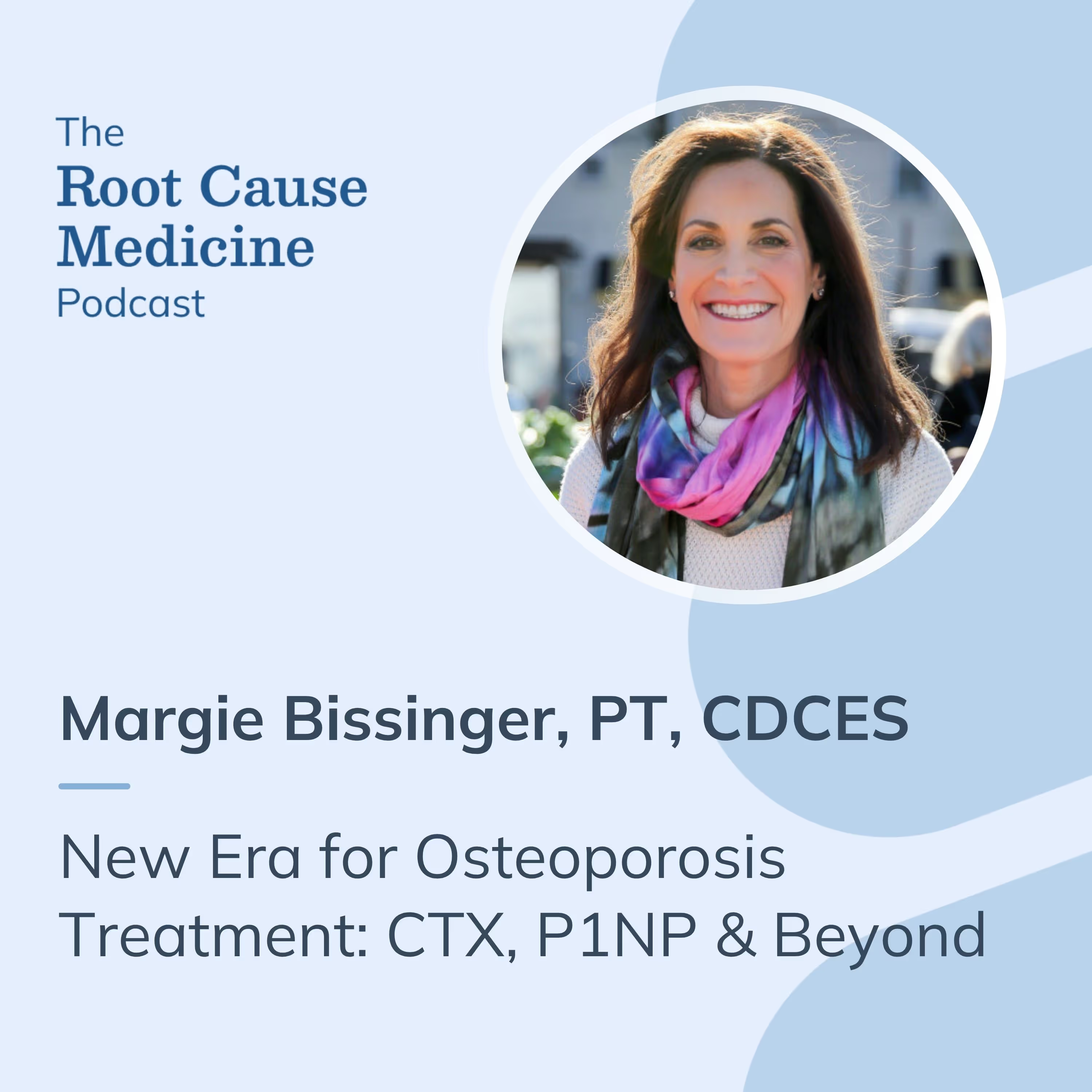
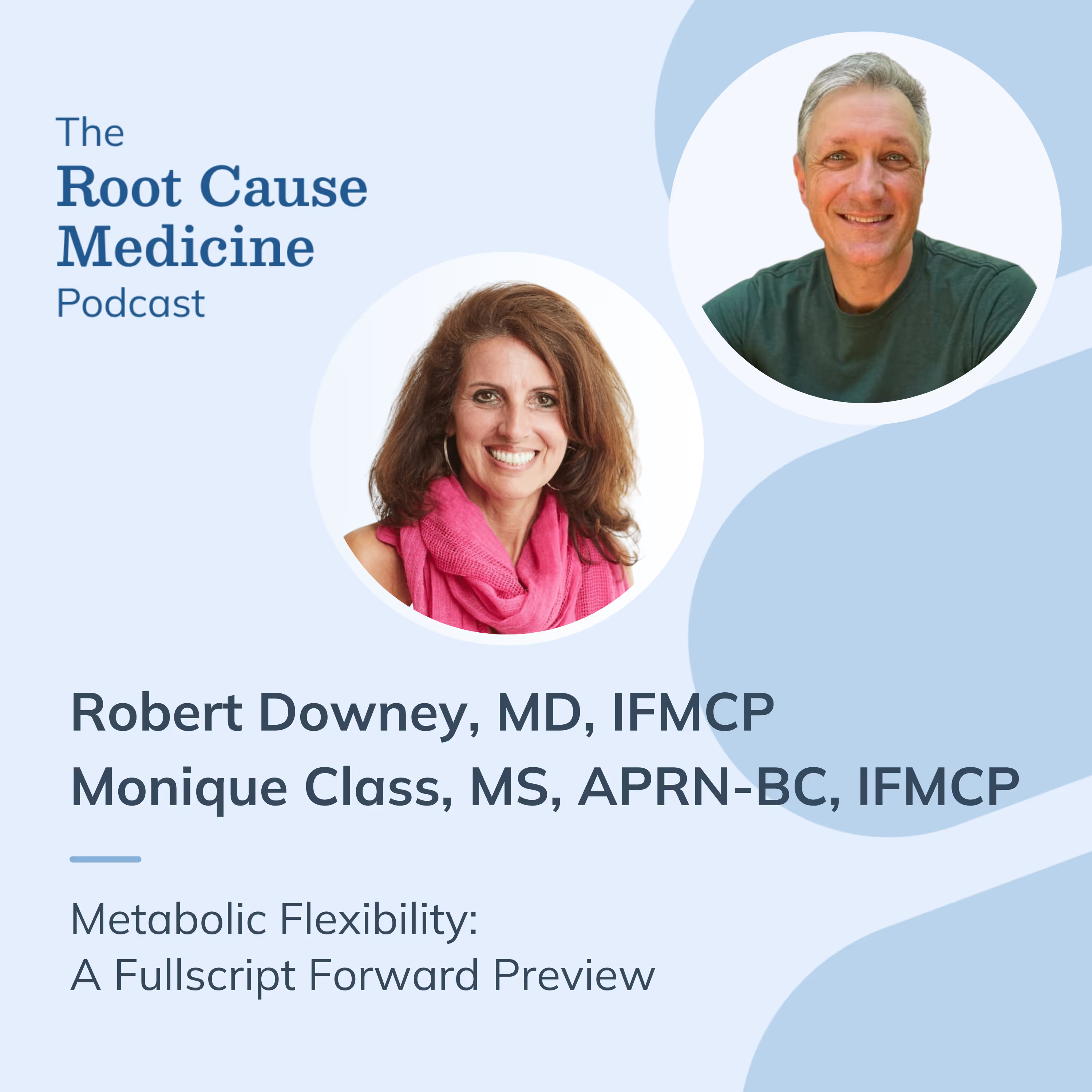
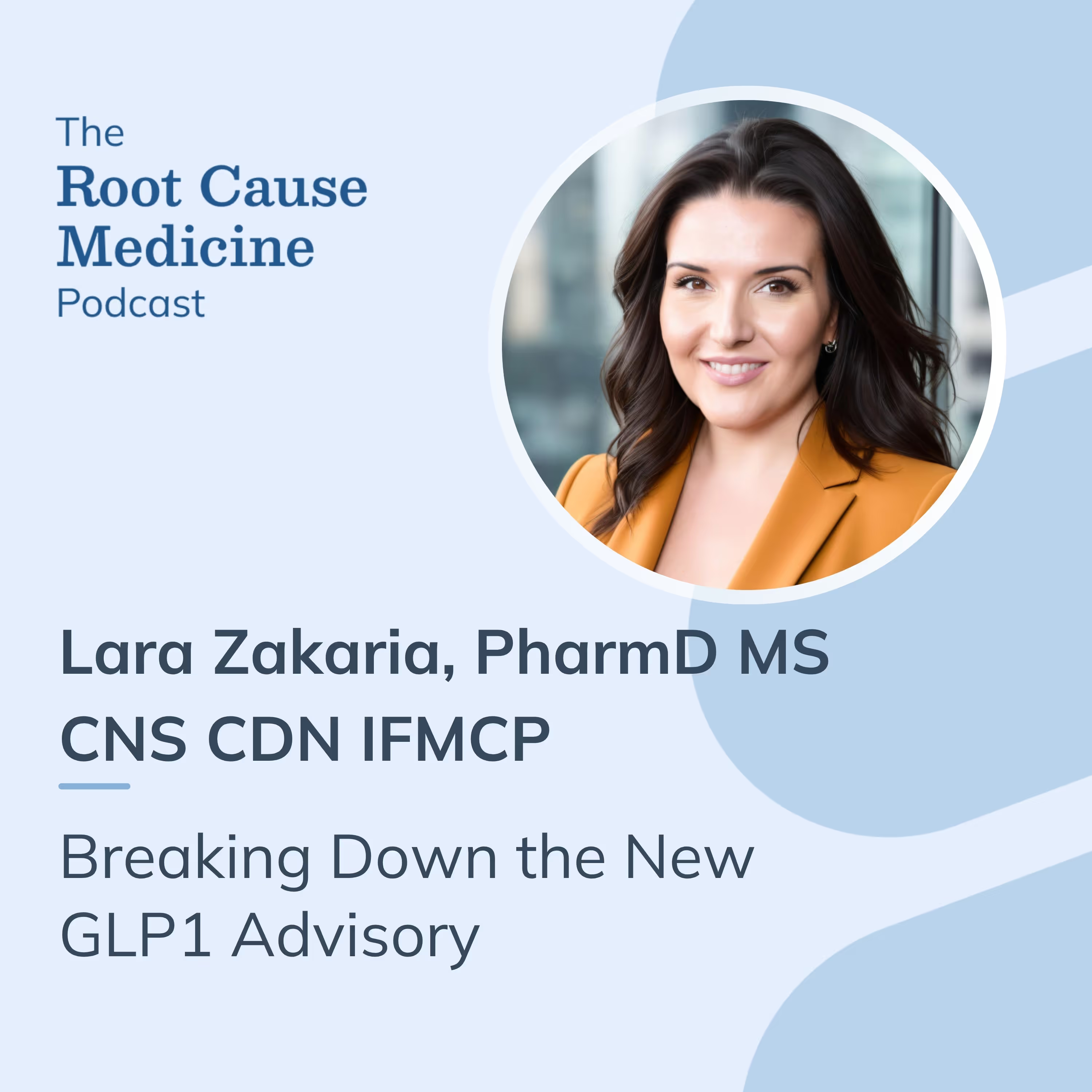



%201.svg)




